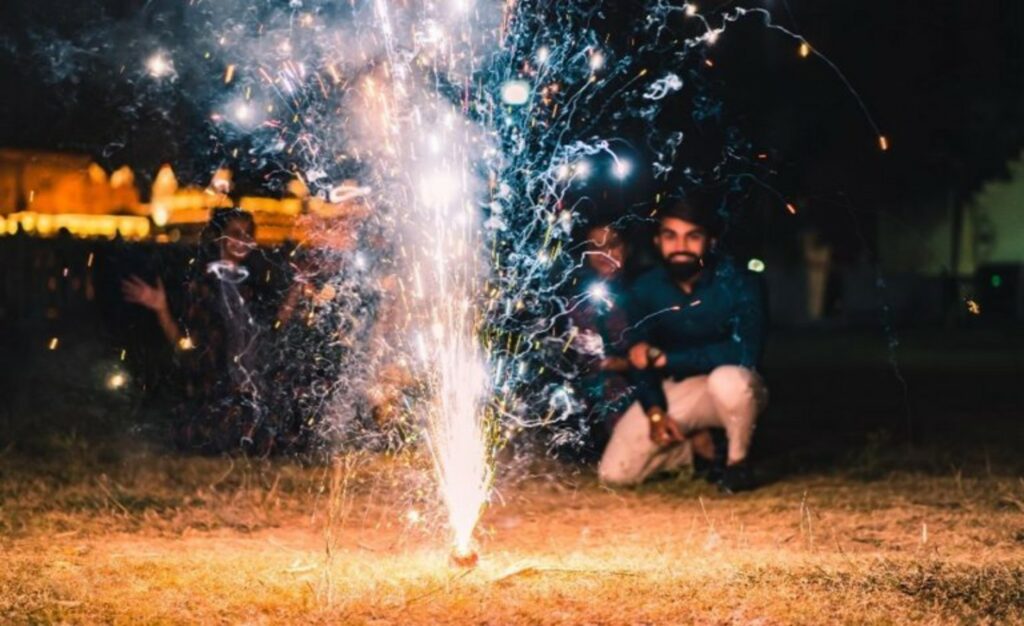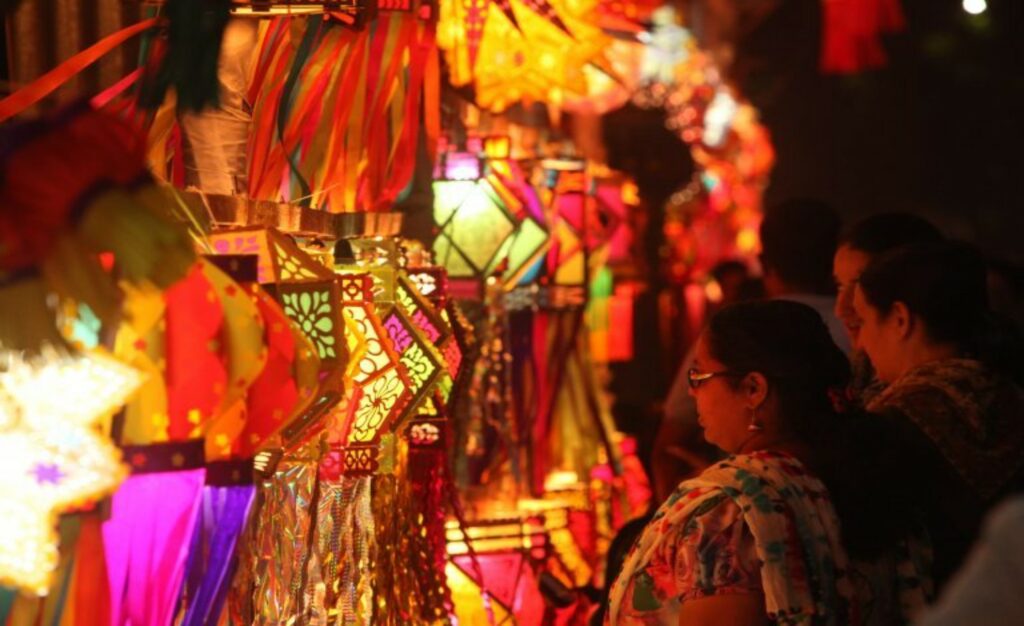Diwali is the biggest and brightest festival celebrated by the over 1 billion Indian community worldwide and the 783,000+ Indian diaspora in Australia.
Also known as the ‘Festival of Lights’, Diwali is most renowned for the ceremonial lighting of lamps, lanterns, candles and firecrackers in Indian homes and establishments.
Here is an article about the cultural significance of Diwali, how Indians celebrate it, and how you can embrace the Diwali opportunity.
Why is Diwali culturally significant?
Diwali is culturally significant because it symbolises the triumph of good over evil, light over darkness, and knowledge over ignorance.
Beyond the lights and celebration, Diwali is also a time to reflect on life and make changes for the upcoming year.
This is relevant given Diwali marks the beginning of the financial year as well as the worship of the Goddess Lakshmi, the Hindu Goddess of Wealth and Prosperity. Indians will usher in good wealth and hope by undertaking new business ventures and contributing to their investment portfolios.
Forgiveness for past wrongful deeds, unity through shared joy and friendliness, and self-illumination by reflecting on one’s inner self are also significant customs people will engage in during this period.
How do Indians celebrate Diwali?

Each ritual performed during Diwali has a special significance. One of the most well-known traditions is lighting oil lamps (known as ‘diyas’), candles, and lanterns in and outside the home to ward off darkness and evil while illuminating light and goodness. Fireworks will also be set off, streaking across the night sky in fizzing colours. The sounds are mingled with the smell of incense, creating a buzzing atmosphere of joy and jubilation.
Each of the five days of Diwali is marked with a different tradition. However, the common thread underlying all five days is a celebration of life and its goodness.
Day 1: Dhanteras: This first auspicious day of Diwali is when Indian people will make new purchases of gold and silver items. This can range from coins and jewellery to kitchen utensils and equipment as they are believed to bring good luck and prosperity.
Day 2: Narak Chaturdasi: People will decorate their homes with clay lamps and lanterns. They will also lay out rangoli on the floor using coloured powder. Materials such as powdered limestone, red ochre, dry rice flour, flower petals, or coloured sand are often used in rangoli art to decorate the floor or tabletop in spiralling patterns.
Day 3: Lakshmi Puja: This is the main day of Diwali when the celebrations are at an all-time high. In the morning, families will prepare the house and visit the temple. In the evening, families will gather for Lakshmi Puja to worship the Goddess Lakshmi. This will then be followed by a delicious feast and explosion of fireworks. Traditional Diwali foods have regional specificities but savoury snacks such as samosas, laddoos and barfis, along with desserts like jalebi or gulab jamun are universally popular.
Day 4: Govardhan Puja: This kicks off the first day of the new year in Hindu culture when friends and relatives will visit one another to express their best wishes for the season and exchange gifts. The fourth day of Diwali is special because it cherishes Lord Krishna’s victory against Lord Indra.
Day 5: Bhai Dooj: Wrapping up Diwali is ‘Bhaubij’, when brothers visit their married sisters, who will welcome them with love and a hearty meal. Similar to the Hindu festival, Raksha Bandhan, for its celebration of the tender brother-sister bond, the most important ritual on Bhai Dooj is the aarti and tika ceremony.
What is the Diwali Marketing Opportunity?

With the Indian community gaining increasing prominence in Australia, Diwali is one of the most important, not-to-be-missed festivals for brands to connect with the diaspora.
From sponsorships of local Diwali festivals happening around Australia, to special PR launch events such as a morning tea or conference, there are plenty of opportunities to drum up goodwill.
Some other ideas include tapping into Indian traditions to launch a new product line and creating special Diwali-themed ads to commemorate Diwali.
Many brands have also found success in simply sharing Diwali greeting messages on their social media, or leveraging media and community partnerships to reach the Indian community.
For more information on how you can celebrate Diwali with the Indian Australian community, and how MultiConnexions’ clients have been celebrating, read our article ‘Prosper this Diwali with the Rising Indian diaspora‘.